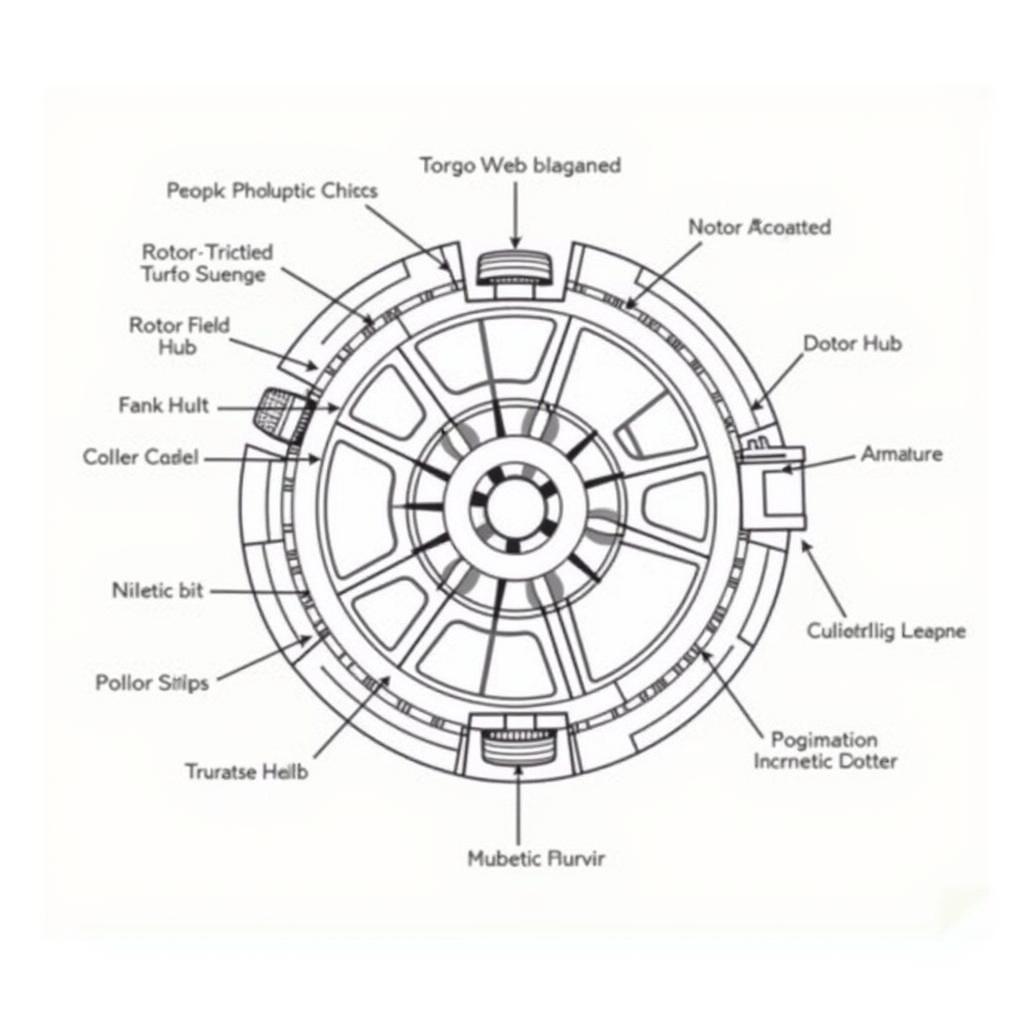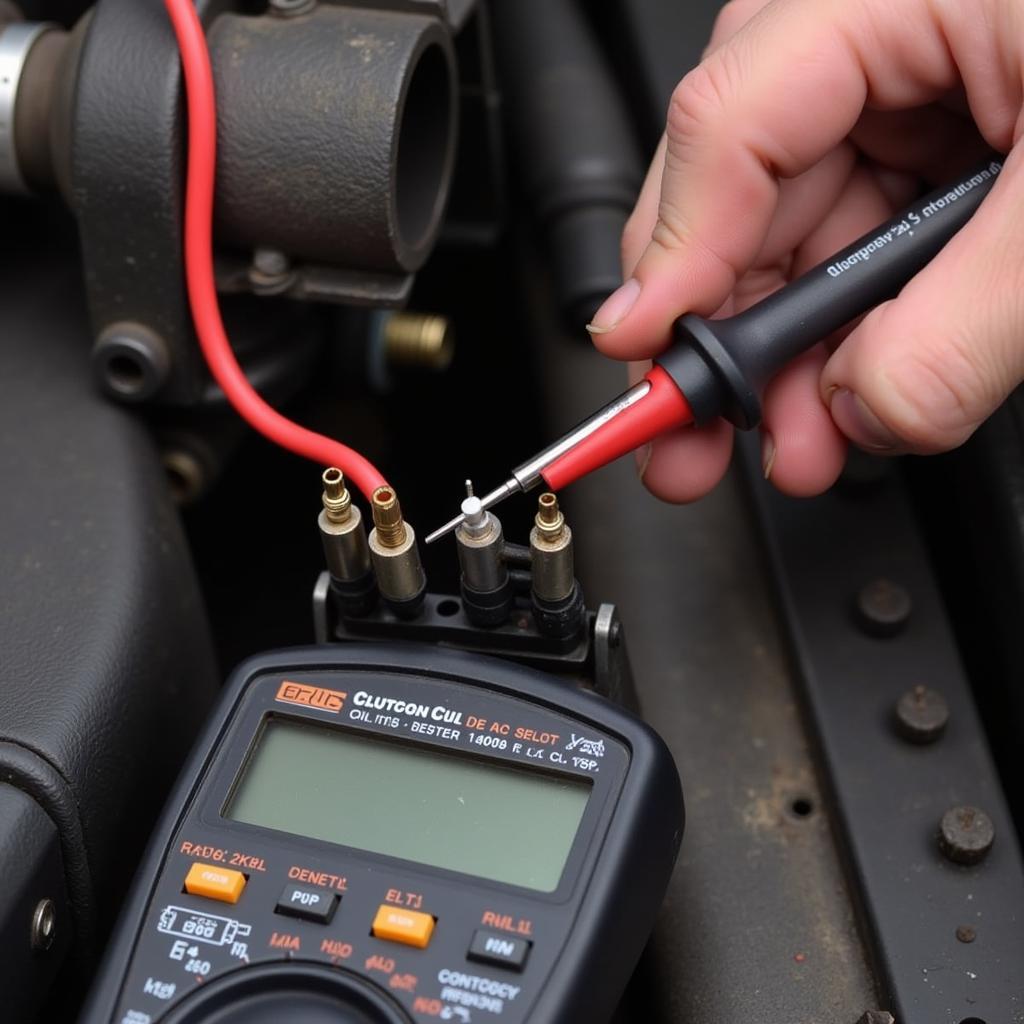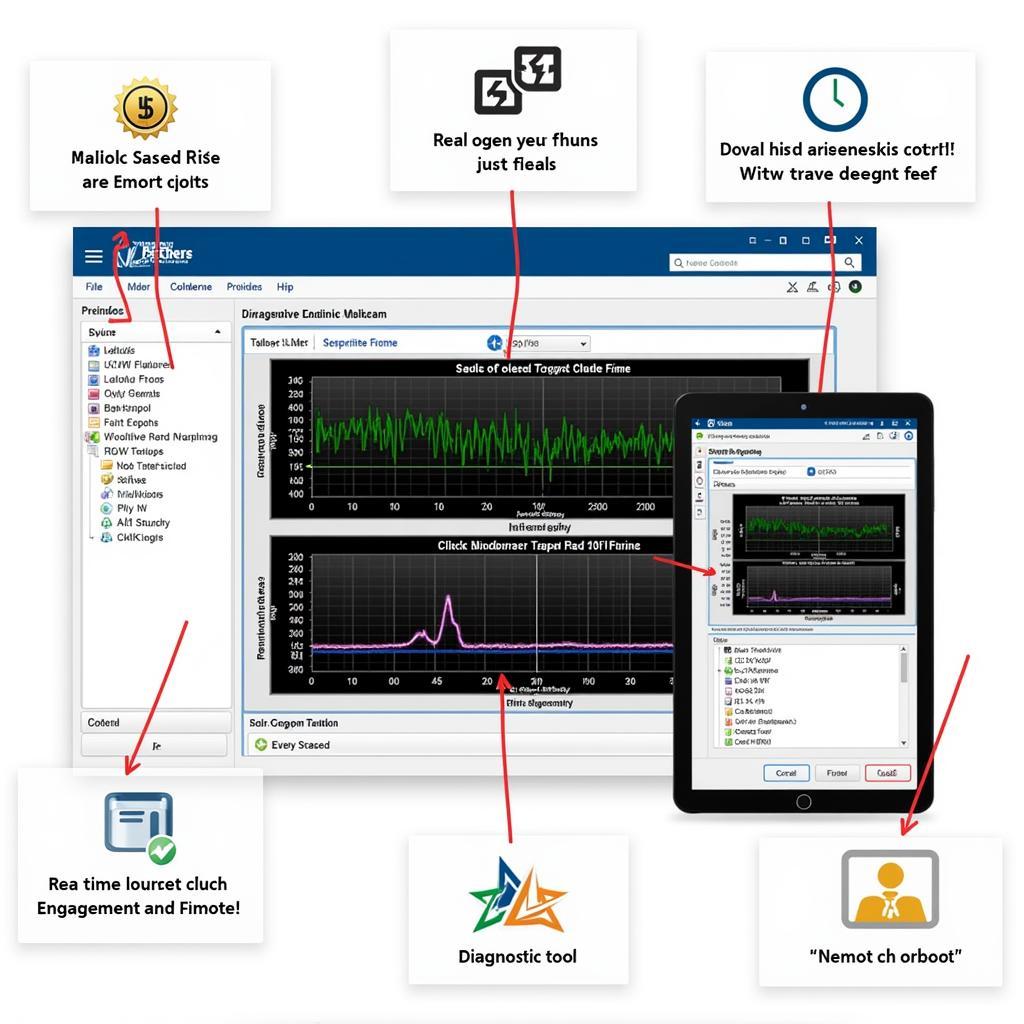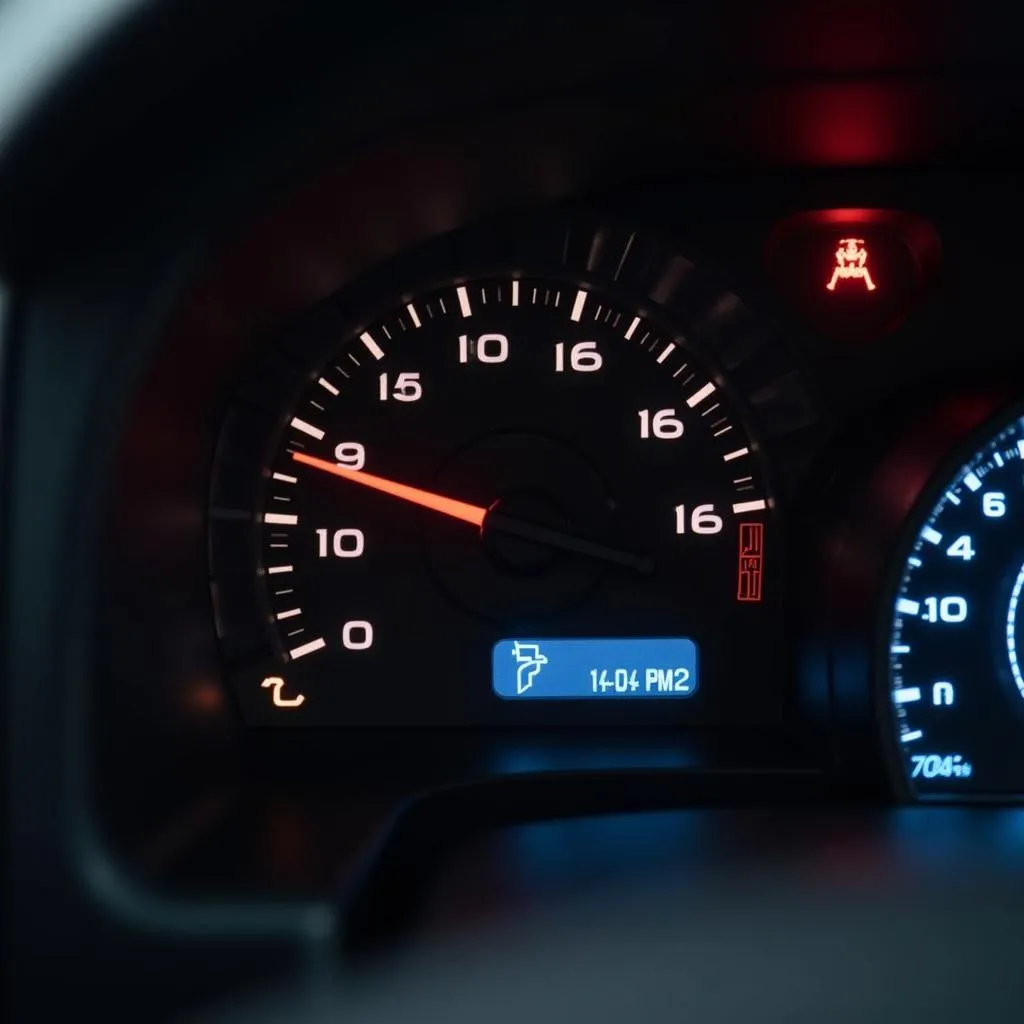The Warner Electric brake clutch, specifically the bulk YJ.6FY model, plays a critical role in numerous industrial applications. When this component malfunctions, it can lead to costly downtime and production delays. This comprehensive guide provides valuable insights into diagnosing, troubleshooting, and resolving common issues associated with the bulk YJ.6FY Warner Electric brake clutch. Whether you’re a seasoned technician or a proactive machine operator, this article equips you with the knowledge to address these challenges effectively.
 Warner Electric Brake Clutch Components
Warner Electric Brake Clutch Components
Understanding the Bulk YJ.6FY Warner Electric Brake Clutch
Before delving into troubleshooting, it’s crucial to understand the basic functionality of the bulk YJ.6FY Warner Electric brake clutch. This electromagnetic device utilizes an electric current passing through a coil to generate a magnetic field. The magnetic field attracts an armature, engaging the clutch or brake depending on the application. When the current is removed, springs disengage the armature, stopping the transmission of torque.
Common Issues and Troubleshooting Tips
Several factors can contribute to problems with the bulk YJ.6FY, ranging from simple wear and tear to electrical malfunctions. Let’s explore some common issues and their solutions:
1. Clutch Slipping
Clutch slippage occurs when the clutch fails to transmit the desired torque, leading to reduced performance or complete failure.
Possible Causes:
- Worn Friction Surfaces: Prolonged use can wear down the friction material, reducing its ability to grip effectively.
- Oil or Grease Contamination: Contaminants on the friction surfaces can significantly decrease friction, leading to slippage.
- Insufficient Coil Voltage: A drop in voltage to the clutch coil weakens the magnetic field, resulting in reduced clamping force.
- Incorrect Air Gap: An air gap that deviates from the manufacturer’s specifications can affect the magnetic field strength and cause slippage.
Troubleshooting Steps:
- Inspect Friction Surfaces: Disassemble the clutch and examine the friction material for wear, glazing, or contamination. Replace worn or damaged components.
- Clean Thoroughly: Clean all clutch components with a suitable brake cleaner to remove oil, grease, or debris. Ensure the friction surfaces are completely dry.
- Verify Coil Voltage: Use a multimeter to measure the voltage across the clutch coil. Compare the reading to the manufacturer’s specifications and address any discrepancies in the power supply.
- Adjust Air Gap: Check the air gap using a feeler gauge and adjust it according to the manufacturer’s guidelines.
2. Clutch Fails to Engage
If the clutch doesn’t engage when energized, it indicates a problem with the electrical circuit or mechanical components.
Possible Causes:
- Open Coil Circuit: A break in the coil winding or a loose connection can interrupt the current flow, preventing clutch engagement.
- Defective Diode: A faulty diode within the clutch circuit can prevent proper current flow to the coil.
- Seized Armature: Mechanical damage or corrosion can prevent the armature from moving freely, hindering engagement.
Troubleshooting Steps:
- Test Coil Continuity: Use a multimeter to check for continuity across the clutch coil terminals. If no continuity exists, the coil needs replacement.
- Inspect Diode: Test the diode using a multimeter’s diode test function. Replace the diode if it shows signs of malfunction.
- Check for Mechanical Obstructions: Examine the armature for any signs of physical damage or corrosion that might restrict its movement. Clean, repair, or replace components as needed.
 Multimeter Testing Clutch Coil Continuity
Multimeter Testing Clutch Coil Continuity
3. Clutch Overheating
Excessive heat generation can significantly shorten the lifespan of the clutch and lead to premature failure.
Possible Causes:
- Prolonged Engagement: Continuous or excessively long engagement periods can lead to heat buildup.
- Inadequate Heat Dissipation: Insufficient airflow or improper heat sinking can prevent efficient heat dissipation.
- Dragging Brake: A dragging brake can generate significant heat, even when the clutch is disengaged.
Troubleshooting Steps:
- Optimize Engagement Time: Minimize the clutch engagement duration whenever possible. Utilize control systems or timers to regulate engagement periods.
- Improve Ventilation: Ensure adequate airflow around the clutch to facilitate heat dissipation. Consider using cooling fans or heat sinks if necessary.
- Inspect Brake System: Check for any signs of brake drag, such as excessive heat or unusual noise. Adjust or repair the brake system as needed.
“Regular maintenance is paramount for optimal clutch performance,” advises John Miller, a senior automation engineer with over 20 years of experience. “Implementing a preventive maintenance schedule that includes inspections, lubrication, and component replacements can significantly extend the lifespan of your Warner Electric brake clutch.”
Remote Diagnostics and Software Solutions
In today’s technologically advanced landscape, remote diagnostics and software solutions play a crucial role in troubleshooting and maintaining industrial equipment. For Warner Electric brake clutches, these solutions can offer numerous benefits:
- Real-Time Monitoring: Remote monitoring systems can track critical parameters like temperature, current, and engagement time. This real-time data allows for proactive maintenance and early detection of potential issues.
- Remote Troubleshooting: Specialized software enables technicians to access and diagnose clutch problems remotely, reducing downtime and eliminating the need for on-site visits.
- Firmware Updates: Software updates can enhance clutch performance, improve diagnostics capabilities, and address known issues. Remote firmware updates can be implemented quickly and efficiently without physical access to the equipment.
 Remote Diagnostics Software Interface
Remote Diagnostics Software Interface
Conclusion
Proper maintenance and timely troubleshooting are essential for maximizing the lifespan and performance of your bulk YJ.6FY Warner Electric brake clutch. By understanding the common issues, following the troubleshooting tips outlined in this guide, and embracing remote diagnostics solutions, you can ensure the smooth and efficient operation of your industrial equipment.
Remember, regular inspection, timely component replacement, and expert technical support are key to preventing costly downtime and optimizing productivity.


